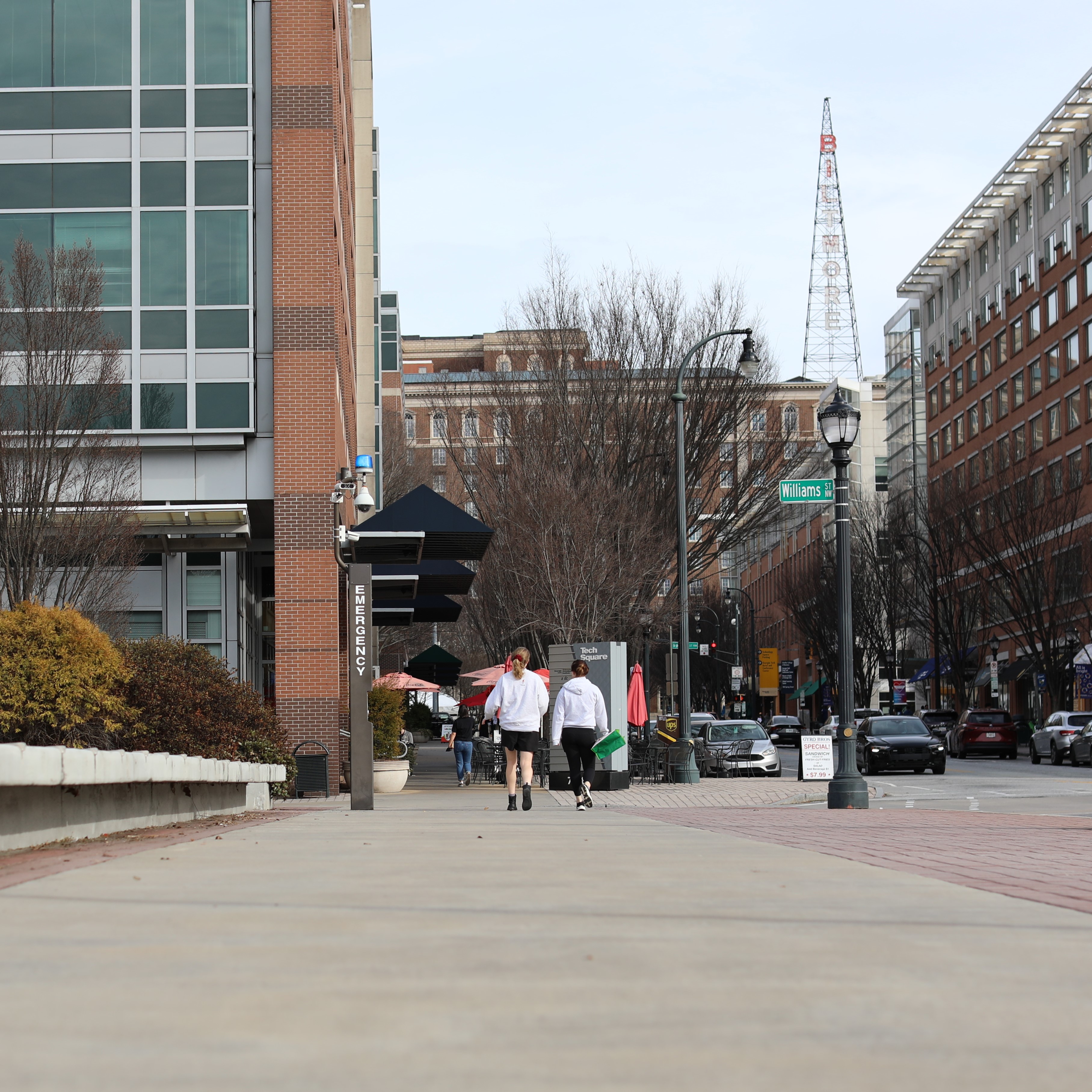Urban Audio Sensing
Urban Sensing of Pedestrians through Integrated,
Cost-effective, and Scalable Audio Sensor Networks.

Where audio technology meets urban data sensing
Our aim is to investigate the usefulness of microphones for estimating pedestrian traffic. We experiment with a range of off-the-shelf hardware components in a pedestrian-heavy campus environment to see how far audio technology can be pushed to sense people and to assess the possibilities for scaling up.
We apply state-of-the-art deep learning methods for music and audio content analysis for urban sound recordings.
Meaning that it is an early-stage research with high-risk challenges.
There is (1) a requirement to develop more advanced processing algorithms for extracting information as multiple sound signals are superposed with unknown directional information, (2) the challenge of positioning microphone-based sensors in ways that optimize data collection, and (3) challenges beyond technology, such as issues of privacy, anonymity, and sanitization of data.
This research will be among the first to deploy audio content analysis techniques developed for content retrieval, segmentation, and separation of music signals to advance audio sensing of urban environments. When successfully deployed, it will generate new knowledge about what forms of human activity can be reliably captured using audio signals.
The research will also generate currently unavailable training data for tracking pedestrian activity through sound, which will be available for all future research on audio sensing. In addition, the study will implement novel self-supervised learning approaches to regularization, structuring the latent space representation based on feature distances, which can improve class separability.
that successful implementation of urban audio sensing can bring
Utilizing low-cost, low-maintenance recording devices for scalable pedestrian monitoring
Can be deployed at a massive scale to generate useful predictions about pedestrian movement, volume of crowds, and how they disperse
Knowing where people linger, the destinations that attract them, and how those places are accessed could assist in optimizing business locations and providing better security.